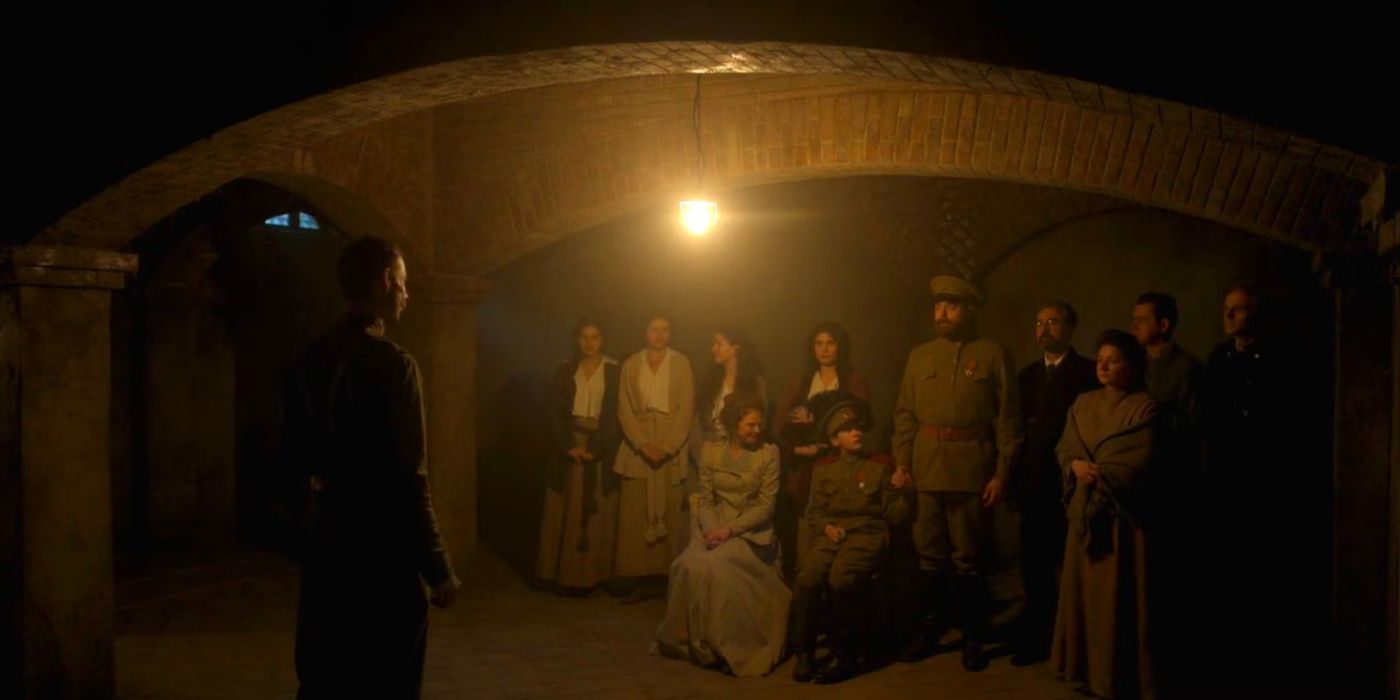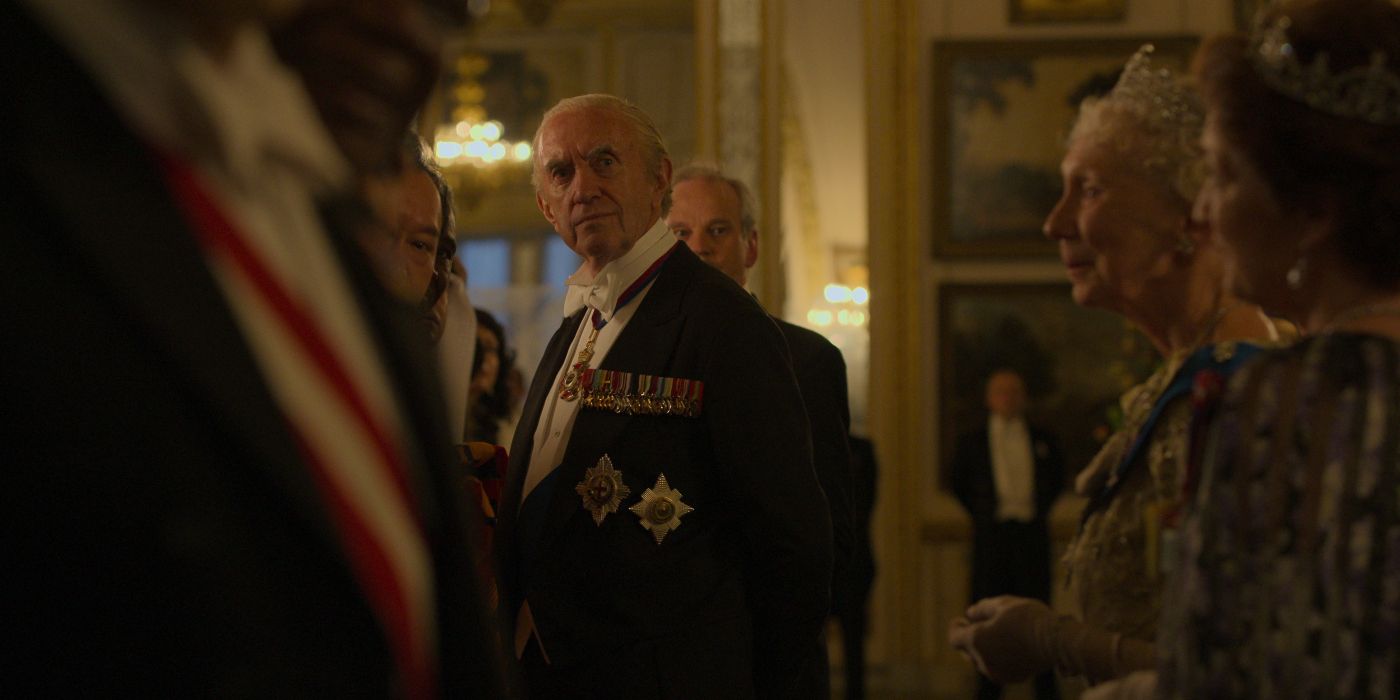Unlike most of The Crown’s latest season, Episode 6 does not open in the 1990s, during the reign of Queen Elizabeth (Imelda Staunton), but instead takes place around the time of World War 1, when the House of Windsor was governed by King George V and his wife.
The beginning of the episode is brilliantly uneventful, allowing fans to believe, perhaps only for a moment, that things, for once, may not take a turn for the worse – a turn beset with tragedy, as is the case with most dramatizations of the royal family. When a letter arrives at the king’s desk, however, viewers are able to tell, especially from the reactions the unexpected intelligence evokes in its recipients, that something fateful might be lurking just around the corner.
The letter turns out to be about the tsar and tsarina of Russia, who barely a couple of months earlier, had been defeated in the Russian Revolution – the entire monarchy having been toppled by the Bolshevik revolutionaries. The king’s aide says that the government is willing to help the tsar and tsarina of Russia with safe passage to the United Kingdom if only he is willing to support the move. And why ever would he not? Weren’t Nicholas and George known for having rather endearing sobriquets for each other?
The episode, then, cuts to Ipatiev House – a home located in the heart of the Russian countryside. The tsar and tsarina of Russia, now imprisoned, are awakened by an excited soldier, who tells them that they are finally being moved to a new location. The tsar of Russia immediately assumes it’s his cousin George, and he wasn’t wrong. Not entirely. It was George – only he didn’t prove to be the beacon of hope that the tsar had taken him for. Not very long after, the Romanovs are cruelly murdered in the basement of Ipatiev House. As it turns out, George, and by default, the entire royal family, had refused to help the Romanovs. But why? Didn’t the Windsors and the Romanovs harbor a rather close friendship?
What Exactly Happened Between the British Royal Family and the Romanovs?
To put it simply, political tension. The new provisional government of Russia feared that pro-Romanovs would rally and restore the dynasty. So, not unreasonably, they wanted the tsar and tsarina of Russia to leave the country. After acquiring the approval of Russia’s foreign minister, they decided to send the family to Britain. In March 1917, Lord Stanfordham, George V’s secretary and the British ambassador to Russia held a meeting and discussed the affair concerning the tsar and tsarina of Russia in detail. The tentative plan was shared with Prime Minister David Lloyd George, and not desiring to harbor an unintentional conflict with the new government of Russia, the plan was approved, albeit not wholeheartedly.
George V, however, soon took a step back. Turns out, he had been receiving furious letters from people who held the Bolshevik revolutionaries in high regard and were somewhat opposed to the British monarchy. To make matters worse, Alexandra, the tsarina of Russia, was German – the country the United Kingdom had then waged a war against. In conclusion, George V didn’t consider the presence of another Imperial Family advisable, especially when so many of his subjects were vehemently against the move.
By April 1918, the Bolsheviks had overthrown the Romanovs and the family was imprisoned at Ipatiev House. In July, as aptly depicted in Episode 6 of The Crown, the family was woken up by soldiers and taken to the basement where they were executed in a rather brutal manner, the entire extermination taking up to 30 minutes. Their executioners didn’t even grant the Imperial family the burial they deserved, choosing instead to remove all signs of their existence by lighting the corpses on fire.
The Romanovs were properly buried in 1998 at Saint Petersburg’s Peter and Paul Cathedral, almost eight decades later, when the grandnephew of the late tsarina of Russia, Prince Philip (Jonathan Pryce), gave his DNA in order to verify and exhume the charred remains of the Imperial family — a process which is also revealed over the course of The Crown's "Ipatiev House."


